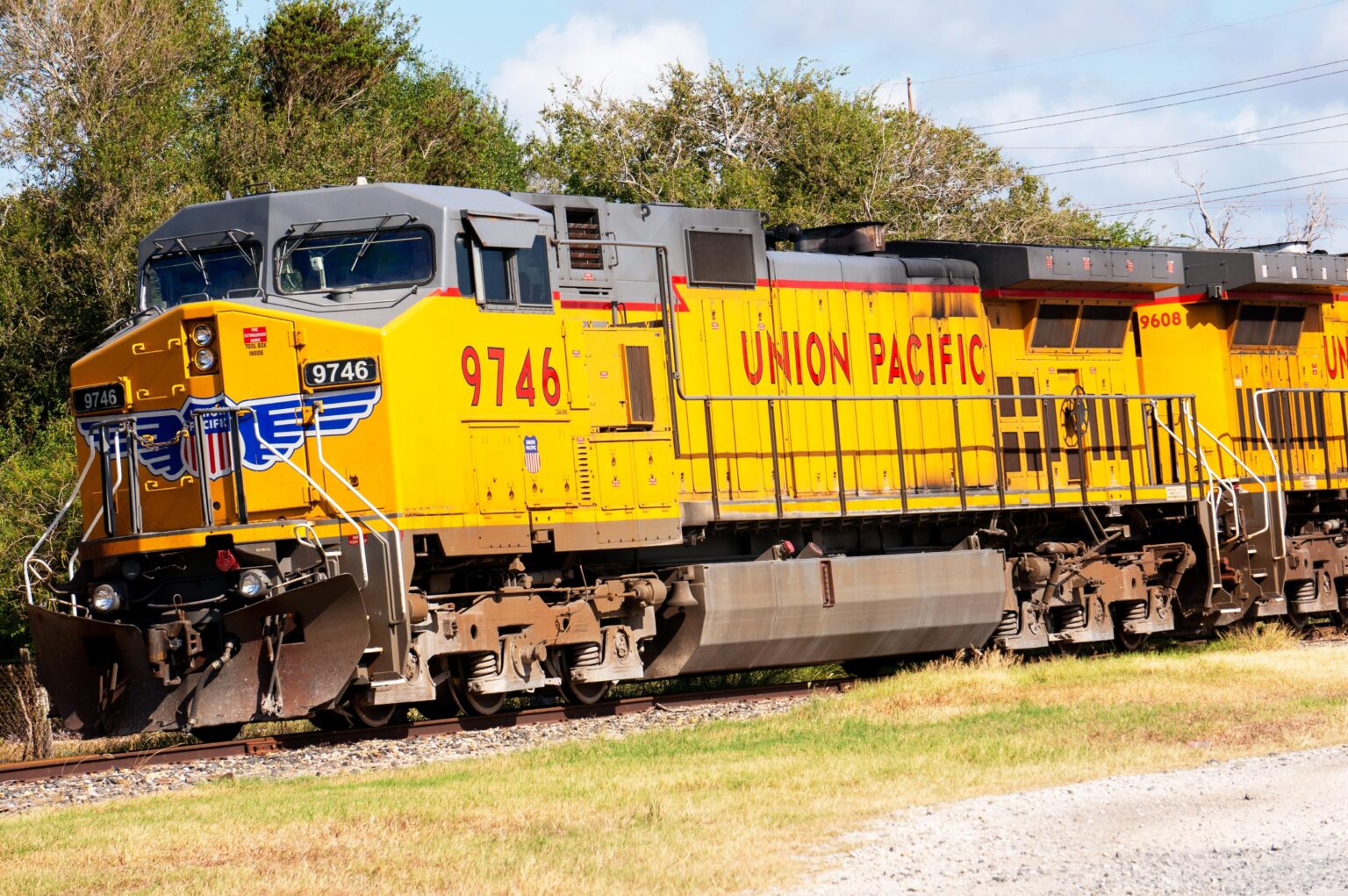Union Pacific has initiated early discussions to acquire Norfolk Southern, aiming to build the first coast-to-coast freight rail network in the United States. While the talks remain preliminary and non-binding, the proposal could represent a historic shift in the U.S. rail landscape. Executives familiar with the matter have not confirmed details publicly, but the strategic intent is to link the vast western network of Union Pacific with the eastern routes dominated by Norfolk Southern.
Union Pacific, based in Omaha, operates more than 32,000 miles of track across 23 western states. Norfolk Southern, headquartered in Atlanta, controls over 19,000 miles across the eastern U.S. A successful merger would allow the combined company to offer uninterrupted cargo movement between the Pacific and Atlantic coasts, a logistical advantage that no single rail operator currently possesses. The deal would also reshape the national rail grid, reducing the need for interchanges in congested hubs like Chicago, where trains currently switch carriers.
In recent years, U.S. railroads have emphasized efficiency and capacity improvement. This proposed deal, while ambitious, signals an appetite for further consolidation among Class I railroads, which now number just six, down from over forty in the 1980s. The implications for the freight industry, regulators, labor unions, and shipping customers are already being closely watched.
Strategic Timing and Industry Climate
Union Pacific’s timing appears deliberate. The Surface Transportation Board, which regulates rail mergers, has recently signaled a more flexible approach to evaluating consolidation. Chairman Martin Oberman has publicly emphasized competition and service quality but has also acknowledged the potential benefits of large-scale integration if public interest can be demonstrated. Industry observers note that this may be one of the few remaining political windows to push through such a transformative deal.
Union Pacific CEO Jim Vena has long supported creating a seamless transcontinental network. During previous executive roles, he emphasized the inefficiencies of car handoffs and congested interchange points. His leadership is widely seen as a driving force behind the renewed push for expansion through acquisition. Norfolk Southern, meanwhile, has faced challenges in recent years, including public criticism following the 2023 East Palestine derailment and shareholder dissatisfaction with its performance and leadership turnover.
Investors appear receptive. Norfolk Southern’s stock rose several percentage points following reports of the preliminary talks, reflecting optimism about a possible premium buyout. Union Pacific’s shares dipped slightly, as is common for acquiring firms, but analysts have suggested that the long-term strategic value could outweigh the short-term cost concerns.
Regulatory Scrutiny and Competitive Concerns
Any merger of this magnitude would face intense federal scrutiny. The Surface Transportation Board, along with the Department of Justice and potentially the Federal Trade Commission, will likely examine the proposal for antitrust risks. Consumer advocates and industry stakeholders are also expected to weigh in. Past mergers, such as the 1996 Union Pacific–Southern Pacific combination, created significant operational disruptions, prompting regulators to tighten oversight.
Critics argue that the proposed merger could reduce competition, particularly for shippers with limited access to alternative routes. There are fears that fewer carriers might mean higher rates and reduced service responsiveness. Labor unions have also expressed concerns about potential job losses and the erosion of regional control.
Public interest groups, as well as short-line and regional rail operators, may attempt to block or delay the deal, citing the risk of market dominance. In response, any formal proposal would need to include detailed commitments to service quality, labor protections, and infrastructure investment to win regulatory approval.
Broader Market Reaction and Strategic Implications
The merger talks come amid broader changes in the freight industry. The successful 2023 merger between Canadian Pacific and Kansas City Southern to form CPKC showed that major cross-border rail combinations could clear regulatory hurdles under the right conditions. That precedent could benefit Union Pacific and Norfolk Southern if they present a compelling case for public benefit.
The potential deal has already sparked strategic responses across the sector. Reports suggest that Berkshire Hathaway is evaluating options for its rail asset BNSF and may even consider a counter-move involving CSX, the other major Eastern U.S. carrier. Such developments underscore the high stakes of the Union Pacific–Norfolk Southern discussions.
If approved, the merger would mark the most significant consolidation in American rail since the 20th century and could fundamentally reshape freight logistics in North America. Whether the deal moves forward will depend on regulatory attitudes, investor confidence, and the companies’ ability to convince stakeholders that the benefits outweigh the risks.


